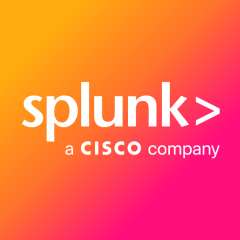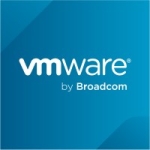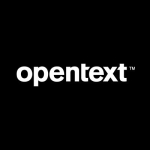What is our primary use case?
I work for the Royal Bank of Canada. I work in a group called Investor and Treasury Services IT. We take care of all the IT systems within the Investor and Treasury Services arm, which is a global unit. My role is to ensure that we have the visibility and capabilities to ensure our systems are resilient so we can resolve any problems that may arise very quickly, and move on. My role generally deals with everything from application performance management to maintenance automation. Overall, my single goal is to increase the resiliency of our applications and gain better insight into how our operations are working from an IT operations and application maintenance perspective.
What is most valuable?
We liked the built-in calculation of health scores. We were able to adjust the different parameters, and really build out that health score — the RAG status (Red, Amber, Green), which is very powerful from an executive perspective. At the time, we were having a lot of issues from a stability perspective. It condensed everything, allowing our executives to easily ensure that everything was running smoothly: were there any incidents overnight? Those kinds of things. That way, when our CIO woke up and got the call from the head of IMTS, he knew whether or not there was going to be trouble.
What needs improvement?
Something that we did find with the product (they may have resolved since then), had to do with the ability to contextualize the data sources. For example, we might bring in data for 50 applications from one source, but for each one of those applications, we would have to set up a different data source connection. Because of this, I had to set up one connection each for application A and then B and then C, rather than being able to set up one connection and then segregate the data coming in for those dashboards. That was probably the biggest challenge that we faced. We also faced challenges relating to UI development — being able to get the UI the way we wanted it to look performance-wise. Some of the customization levels of the UI just weren't there.
For how long have I used the solution?
We used this solution for roughly one year. We were in a POC state for about a year, but we decided not to move forward with the prospect as a whole. The organization didn't want to invest in the product.
What do I think about the stability of the solution?
The stability issues we experienced were not with the Splunk ITSI product itself. The biggest challenge that we ran into was getting good, consistent data. We're a very large organization; getting at some of the data can be very difficult, especially since a lot of the data isn't centralized in one area.
Overall, it's a very stable product. It ran really well during the time that it was up and running. We didn't have any production issues at all with it.
What do I think about the scalability of the solution?
We were running just a single instance, but we were pulling in data for about 250 applications.
How are customer service and technical support?
The technical support with Splunk is really good. We didn't have any issues. Now, part of that is, we are Royal Bank of Canada and because of that, we have a certain cache with the vendors and they tend to bend over backward to make sure that they take care of us.
I wouldn't say it's special for the Royal Bank of Canada, but I would say that like any other support, having the right relationship with the vendor makes all the difference in the world. With Royal Bank of Canada being the largest financial institution in Canada, the top 15 in the world, we're afforded certain privileges. A smaller IT operations shop is probably not going to get the same kind of visibility into the products as a company like RBC, mainly because when Splunk wants to advertise that they're doing something, they want to be able to say that they're doing it with RBC, not an unknown corporation down the street.
Which solution did I use previously and why did I switch?
No. We weren't using a different solution at all before; Splunk IT Service Intelligence was an opportunity area that we were looking into.
We had already had Splunk in our environment more than anything else. We've been running Splunk from a log aggregation and search perspective for about six or seven years now. When we were looking at what that next step looked like, it was just a natural evolution to move into ITSI.
How was the initial setup?
The initial setup was straightforward.
Deployment was relatively quick mainly because it was a POC. We didn't go through all the regular rigor that we would with a production application. So we were able to have it up and running in production in a matter of three to four weeks. That included provision of the service, which takes time within a large organization like ours.
What other advice do I have?
My biggest piece of advice would be to make sure you have access to the data that you need and know what that data is. The product itself is going to do what it's going to do; there are no issues with that. However, it's gaining access to all those things in the background, that's the problem. If you're a smaller organization or you're highly centralized, getting access to that data may be really simple. For an organization the size of RBC, with the amount of segregation across the organization and the amount of division within the organization, it's more challenging. For this reason, our infrastructure partners use a different tool. They don't use Splunk, they use ELK. They're very much down that road, so getting access to data when the team that you're trying to partner with has a different solution, can sometimes be more difficult.
On a scale from one to ten, I would give this solution a rating of eight.
Which deployment model are you using for this solution?
On-premises
Disclosure: My company does not have a business relationship with this vendor other than being a customer.


















